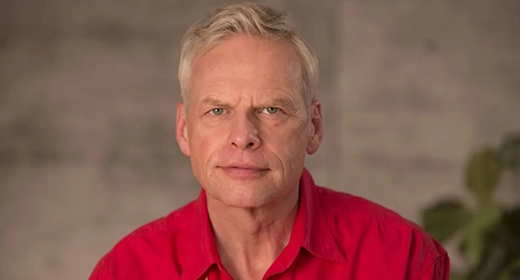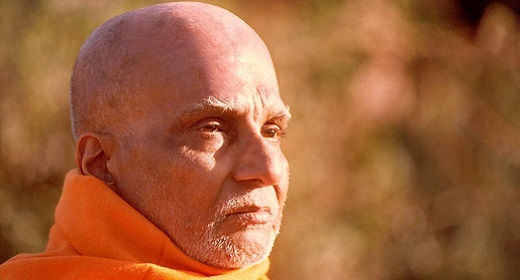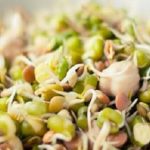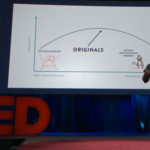1. Aum The Primal Shabda…

Om, actually pronounced “Aum,” is an affirmation of the Divine Presence that is the universe and is similar to the Hebrew “Amen.” There are many ways of chanting Aum, but this is an approach that will initiate you as a Shabda Yogi, one who pursues the path of sound toward wholeness and higher states of consciousness.
2. Lokah Samastha
A Chant for Wholeness
Lokah samastha sukhino bhavanthu.
May this world be established with a sense of
well-being and happiness.
3. Gayatri
Being Illuminated by Sacred Sound
Om bhur bhuvas svaha
Thath savithur varaynyam
Bhargo dheyvasya dhimahih
Dhyoyonah pratchodhay-yath
We worship the word (shabda) that is present in the
earth, the heavens, and that which is beyond. By
meditating on this glorious power that gives us life,
we ask that our minds and hearts be illuminated.
Perhaps the most revered of all Hindu mantras, is the Gayatri Mantra, which is found in the first sacred Vedic scripture, the Rig-Veda (3.62.10). Gayatri literally means “song” or “hymn,” but the word also indicates an ancient verse meter of 24 syllables, typically grouped in three octets.
This mantra is addressed to the solar deity Savitri, the Vivifier (and so also called the savitri-mantra); originally its motive was to petition for the god’s blessings. Gayatri is personified as a goddess, wife of the creator god Brahma, and mother of the Vedas, because it’s believed that its syllables gave birth to and so embody the essence of these sacred texts. Every upper-caste (male) Hindu repeats this mantra during both morning and evening devotions, and on certain other special occasions.
The recitation of the Gayatri Mantra begins with the sacred syllable Om, followed by what’s called the “utterances—the names of three of the seven mythic Hindu worlds, bhur, bhuvar, svah, which are respectively Earth, the Middle Region, and Heaven. These worlds symbolize three states of consciousness, from our ordinary earth-bound consciousness to consciousness of the “heavenly” Self. Next comes the verse itself. This has been rendered into English in many ways; as one example: “Let us contemplate that beautiful splendor of the divine Savitri, that he may inspire our visions” (translation by Georg Feuerstein). The recitation concludes with another Om.
4. Om Namah Shivaaya
Om Namah Shivaaya, Namah Shivaaya, Nama Shiva
I bow to Lord Shiva, the peaceful one who is the
embodiment of all that is cause by the universe.
5. Bija Mantras
Seed Mantras
In the “seed” (bija) mantras each seed is conceived of as the sound-form of a particular Hindu deity, and each deity is in turn a particular aspect of the Absolute (Brahman). It’s said that just as a great tree resides in within the seed, so does a god or goddess reside in each bija. When we chant the bijas, we identify each syllable with the divine energy they represent.
| Sound | Pronunciation | Awareness |
| Lam | Curve the tip of your tongue up and back, and place it on the rear section of the upper palate to pronounce a sound like the word alum without the initial a. |
Base of the spine |
| Vam | Place the upper set of teeth on the inner section of your lower lip and begin with a breathy consonant to imitate the sound of a fast car. Pronounce the mantra like “fvam.” |
Genitals |
| Ram | Place the tip of your tongue on the roof of the front section of the upper palate, roll the ras in Spanish, and pronounce the mantra like the first part of the word rumble. |
Abdomen |
| Yam | Inhale audibly through your mouth, and pronounce the word hum (as in humming); allow the breath to extend beyond the resolution of the consonant. |
Solar Plexus and Heart Area |
| Ham | Inhale noiselessly through your mouth, and pronounce the sound like the word yum (as in yummy); allow the sound along with your breath to fill your mouth and throat cavity. |
Throat |
| Om | Inhale audibly through your nostrils, and direct the stream of air to the point between your eyebrows. Pronounce the sound along with your exhalation as a subtly audible whisper, allowing the sound and breath to resonate in the cranial area. Source: Yoga Journal |
Point between the eyebrows |







































